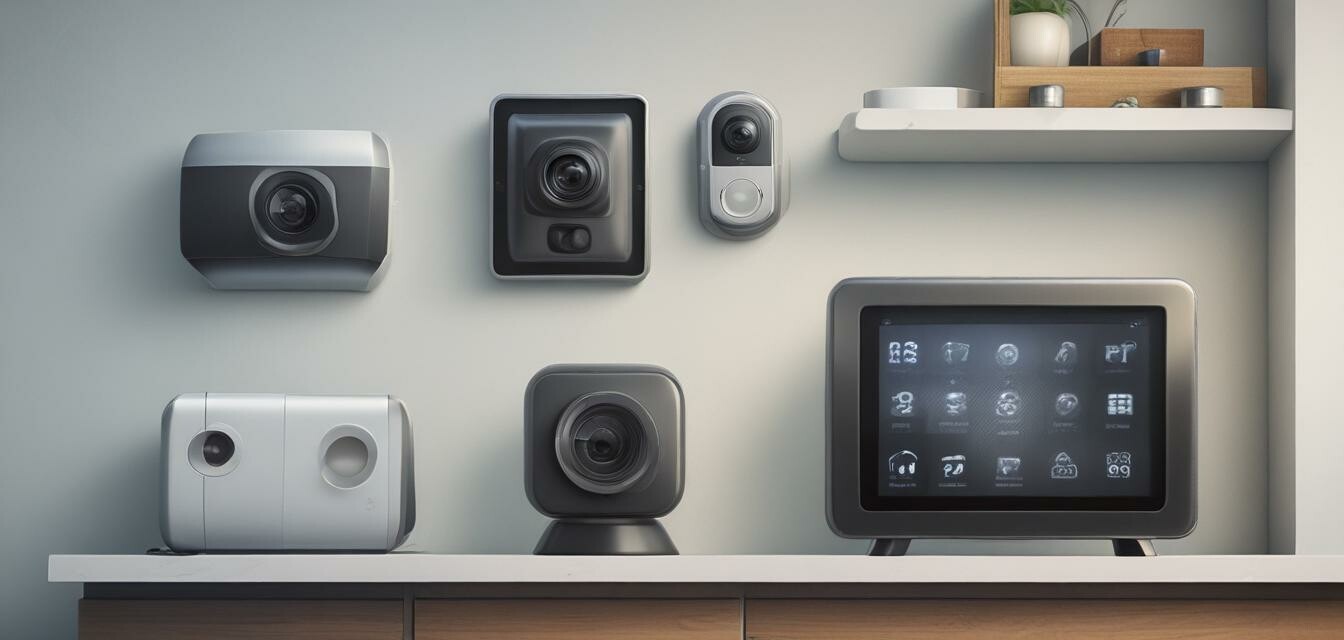
Addressing Common Smart Security Issues
Key Takeaways
- Common issues with smart security systems include connectivity problems, software glitches, and user errors.
- Regular updates and proper installation are essential for optimal performance.
- Combining different smart devices enhances overall security and functionality.
- Addressing these issues can significantly improve your home security experience.
Smart security systems have revolutionized how homeowners protect their properties. However, just like any technology, they come with their fair share of challenges. In this article, we will explore common issues that can affect the performance of your smart security systems and how to tackle them effectively. Whether you are using smart cameras, motion sensors, or alarm systems, understanding these concerns will ensure your home remains safe and secure.
Common Smart Security Issues
| Issue | Description | Possible Solution |
|---|---|---|
| Connectivity Issues | Devices often lose connection to Wi-Fi or the central hub. | Check your router placement and consider using Wi-Fi extenders. |
| Software Glitches | Apps may crash or show incorrect data. | Keep your software updated and reinstall the app if necessary. |
| User Errors | Improper settings can lead to system failures. | Refer to the user manual and follow setup instructions carefully. |
| Battery Issues | Battery-operated devices may run out of power unexpectedly. | Regularly check and replace batteries as needed. |
Connectivity Issues
One of the most cited problems with smart security systems is connectivity. Devices might frequently disconnect from Wi-Fi, leading to missed alerts and a reduced security experience. Here are a couple of ways to improve connectivity:
- Router Placement: Ensure your router is centrally located in your home to provide the best coverage.
- Use Extenders: Consider installing Wi-Fi extenders to cover larger areas.
Software Glitches
Software glitches can be frustrating, especially when you need real-time notifications. To keep your smart security systems functioning smoothly, follow these tips:
- Regular Updates: Always update your devices and apps to the latest version.
- Reboot Devices: Occasionally rebooting can help resolve minor bugs.
User Errors
Sometimes the problem may lie with user settings. To avoid user errors:
- Read Manuals: Thoroughly read the user manuals for each device.
- Online Resources: Utilize online resources and community forums for additional help.
Battery Issues
Battery-powered devices require regular maintenance. To avoid battery issues:
- Set Reminders: Create reminders to check battery levels periodically.
- Choose Quality Batteries: Replace with high-quality batteries that last longer.
Combining Devices for Enhanced Security
Combining various smart devices can create a robust security setup. Here’s how you can effectively integrate your smart security devices:
- Smart Cameras and Sensors: Use motion sensors alongside smart cameras to detect activity and provide video evidence.
- Home Automation Devices: Automate lights and alarms to deter potential intruders.
- Alarm Systems: Integrate alarm systems with smart locks to alert you and secure entry points.
Final Thoughts
While challenges with smart security systems can be discouraging, understanding common issues and their solutions can significantly improve your experience. Always ensure your devices are up-to-date and well-maintained. For more tips on optimizing your security system, check out our Tips & Best Practices section.
Pros
- Enhanced home security and remote monitoring capabilities.
- Integration with smart home devices for a complete security solution.
- User-friendly apps for managing settings and alerts.
Cons
- Possible connectivity issues and software glitches.
- Maintenance required for battery-operated devices.
- Can be costly depending on the number of devices.
Key Resources for Smart Security
For more insights into improving your home security setup, explore the following resources:
